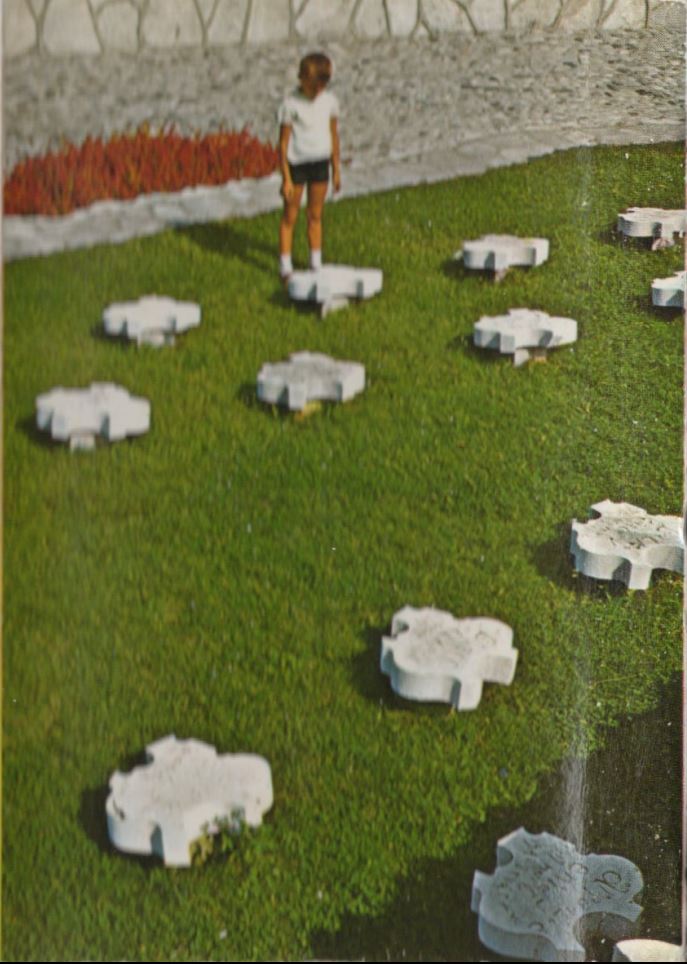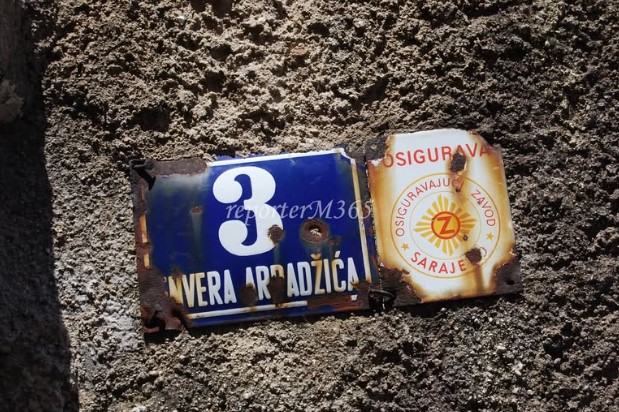
brochure "Partizanski spomenik u Mostaru" (1980)
book “Spomenica Mostara 1941-1945.”
another document or proof of the memorial stone (e.g., a photograph).
Enver S. ARPADŽIĆ
ENVER ARPADŽIĆ GEC, son of SALIH, born on September 20, 1917, in Mostar. He was a medical student. A pre-war activist, he became a member of the League of Communist Youth (SKOJ) in 1938 and the Communist Party of Yugoslavia (KPJ) in 1941. He served as the secretary of the KPJ cell in Mostar until joining the partisans. He joined the Mostar Battalion in September 1941 and served as an assistant to the medical officer in the Battalion, as well as the secretary of the party cell in the company. He died from typhus in the Central Hospital in Jasikovac in January 1943. A street in Mostar is named after Enver Arpadžić.
Enver Arpadžić is associated with an interesting anecdote from the life of partisans and underground fighters. Mevzeta Kreso, a woman from Mostar, had gone several times from Mostar to the Mostar Battalion as a courier. On one occasion in the autumn of 1942, she received orders to deliver messages and mail to the fighters. She took a train to Jablanica as she was supposed to reach the village of Doljane, where the battalion was stationed. The fighters also gave Mevzeta some small items to take back to Mostar. As we learn, Enver was troubled at that time by his shoes.
EXCERPT FROM LITERATURE:
“Enver Arpadžić cut out his foot from blue paper and asked for ‘opanci’ to be made for him. (…) As she passed through the village, she saw a man in a yellow coat and got scared when she saw him again in Jablanica. She had a reason to be scared. Surely, he reported her because the gendarmes stopped her. She stopped at the gas station, pretending to get some water, and managed to throw away the ‘foot’ made of blue paper. The gendarmes took her to the barracks. She had put on Hilma Ćišić’s shirt, kept the watch and the apple, but what about the letters? As soon as she arrived, she started looking around. She asked the gendarmes if she could go to the toilet. There, she emptied the letters from her bosom and some rags, and threw everything into a pit. When she returned, the gendarmes ordered their cook to strip Mevzeta ‘to the bare skin.’ She complied, and they searched her, but they found nothing suspicious. Nevertheless, they handed her over to the Italians in prison, and they thoroughly interrogated her about everything related to the partisans. But since she didn’t know anything to tell them, they let her go. However, since the gendarmes had taken away her grain, she complained to the Italians, and they ordered them to return it to her. Later, Mevzeta found Enver Arpadžić’s footprint near the gas station, where she had thrown it, and brought it to Mostar, along with the apple with Mine Haćam’s letter.”
Read more about this case in the book “Mostar Women: Brave Housewives and Their Children” by Mahmud Konjhodžić, in the text “Hrabre domaćice i njihova djeca” (Courageous Housewives and Their Children), page 92.
Konjhodžić, Mahmud (1981): “Mostarke”: fragmenti o revolucionarnoj djelatnosti i patriotskoj opredjeljenosti žena Mostara, o njihovoj borbi za slobodu i socijalizam, Opštinski odbor SUBNOR-a Mostar, grupa autora (1986): Hercegovina u NOB 2. dio; grupa autora (1986): Hercegovina u NOB 4. dio, Beograd; http://rsdvelezmostar.blogspot.com/p/fk-velez.html; grupa autora: Spomenica Mostara 1941-1945.
Photo of the memorial plaque: S. Demirović (2018).
Do you have more information about this fighter? Share your stories and photographs. Let's keep the memory alive!


